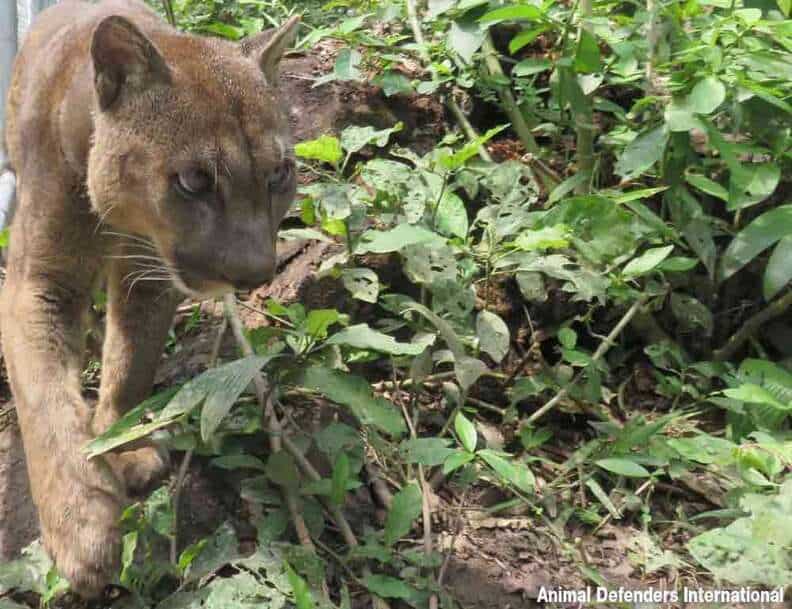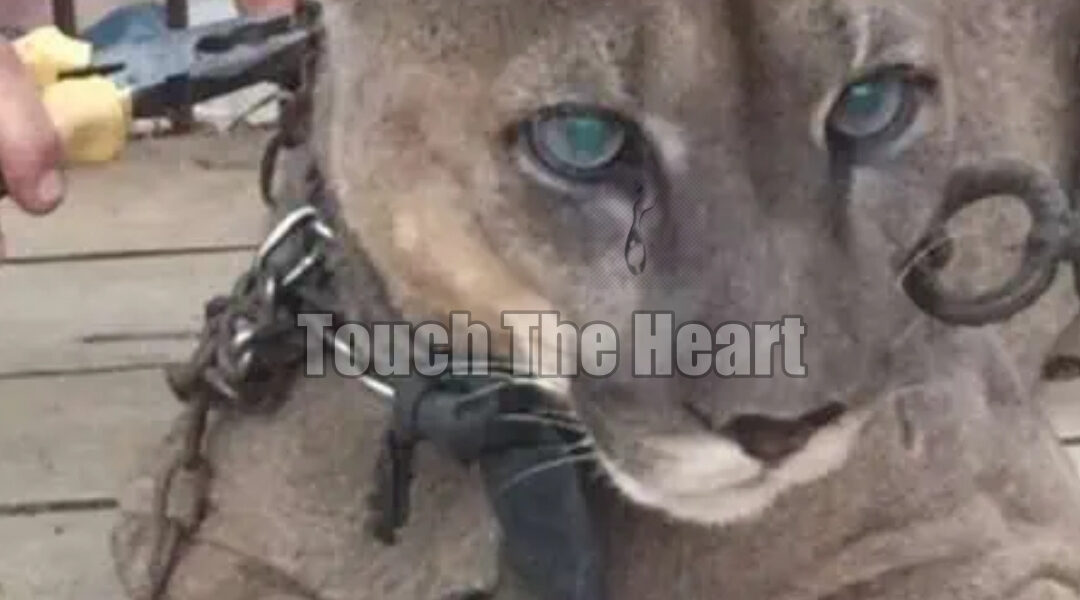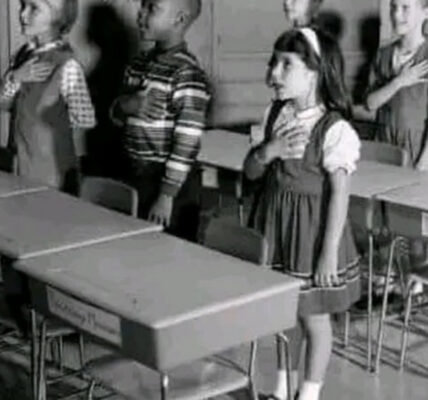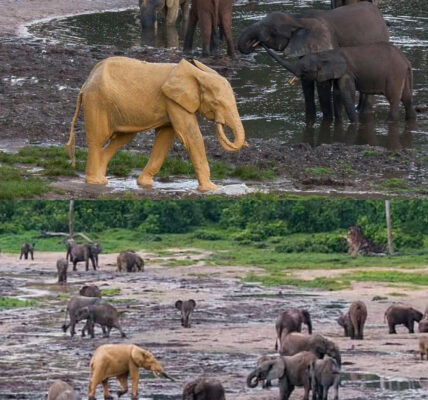The Last Roar of Freedom: The Story of Mufasa, the Mountain Lion Who Waited 20 Years to Be Free.
For two long decades, the sound of applause meant pain for him. The flashing lights, the music, the shouting—all reminders of a world that had stolen his own.
His name was Mufasa, a mountain lion who spent twenty years chained to the back of a rusted truck, traveling from one dusty village to another, forced to perform in an illegal Peruvian circus.

He was never meant for the spotlight.
He was meant for the forest — for the sound of wind through trees, not the clang of chains.
A Life in Chains
When rescuers from Animal Defenders International (ADI) finally found him, Mufasa was hidden beneath a pile of old tarps and metal bars. The smell of gasoline, sweat, and fear filled the air. His body was wrapped in a heavy harness, his fur patchy, his ribs showing through his skin. He didn’t growl. He didn’t move. He just watched, silent and defeated, as if the will to live had been drained from him years ago.
Jan Creamer, the president of ADI, later described that moment:
“It was the most sad, wretched thing you’ve ever seen. It was like he wasn’t even alive.”
They had to cut the chains one by one.
When the last one fell, Mufasa stretched — a slow, trembling movement, like an old soldier remembering what freedom feels like. It was the first time in twenty years that his body wasn’t bound.
The rescue wasn’t easy. The circus owners resisted, sparking an eight-hour standoff before finally surrendering the animal. But when it was over, Mufasa’s long captivity had finally come to an end.
Learning to Breathe Again

At the ADI rescue center, Mufasa’s healing began. The staff approached him gently, knowing his fear ran deep. He had lived his entire life surrounded by noise and abuse, forced to perform tricks under threat. Every human face had meant danger.
For the first few weeks, he remained nervous — eyes darting, muscles tense, as if he expected the whip to follow every movement. But slowly, things began to change.
His rescuers fed him carefully chosen meals. His coat, once dull and thin, grew rich again. He learned that hands could comfort, not hurt. He began to relax in the shade of trees, listening to sounds that were no longer human — the songs of birds, the whisper of leaves, the low hum of freedom returning to him.
His caretakers called him “Grandfather Mufasa.” Though he was old and fragile, there was still a quiet strength in him — the spirit of a lion who had survived the impossible.
A Forest Reborn

When Mufasa was strong enough, ADI made the decision to move him to the Taricaya Ecological Reserve — a protected sanctuary deep in the Amazon rainforest. He could never be released fully into the wild; after so many years in captivity, he wouldn’t have survived on his own. But in this new place, he would finally live as he was meant to — among trees and rivers, under open skies, with no more chains.
The team built him a spacious enclosure surrounded by forest. And on the day he arrived, something magical happened.
They opened the gate.

For a moment, Mufasa hesitated. The air smelled different — rich and alive. Then, slowly, he stepped forward. His paws sank into the soft earth. He looked up at the canopy above him, blinking as sunlight filtered through the leaves. And then, with a deep breath, he walked into his new home.
“It was magical to see him moving among the trees,” Jan Creamer said. “Mufasa was torn from the wild and endured the worst possible life. His story symbolizes the suffering we have ended.”
A Symbol of Change
Mufasa’s rescue was part of Operation Spirit of Freedom, an ADI campaign launched after Peru banned wild animal circuses in 2015. The mission freed over 100 animals — monkeys, bears, lions, birds — all victims of a cruel industry that had treated life as entertainment.
But Mufasa’s story stood out. Maybe because of his age. Maybe because of his quiet grace. Or maybe because he reminded the world that even after years of pain, it’s never too late to be free.

He lived his final days in peace, under the open sky. There were no cages, no crowds, no chains — only the rustle of the forest and the warmth of the sun on his fur.
The Legacy of a Lion
Mufasa’s life became more than a story of cruelty — it became a lesson in compassion. His rescue showed what can happen when people choose empathy over indifference, when they fight not for profit, but for life.
He never roared for the crowd again. But in a way, his silence spoke louder than any roar could.

Because when Mufasa finally took his first steps into freedom, he wasn’t just walking for himself — he was walking for every animal still waiting behind bars, every creature still dreaming of the forest.
In the end, his story wasn’t about tragedy. It was about triumph.
After twenty long years, Mufasa — the old mountain lion who once lived in chains — finally got to be what he was always meant to be: wild, free, and home.

And though his body has long returned to the earth, his story still echoes through the forests of Peru — a whisper that says, no life deserves to be caged.





